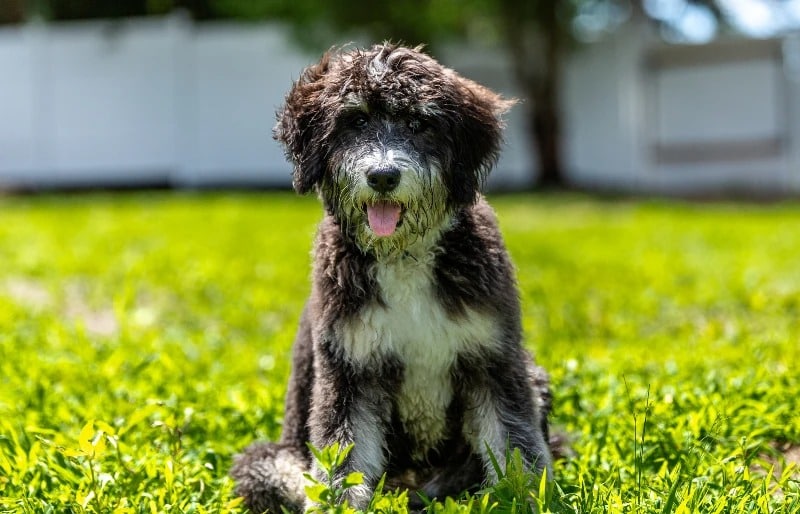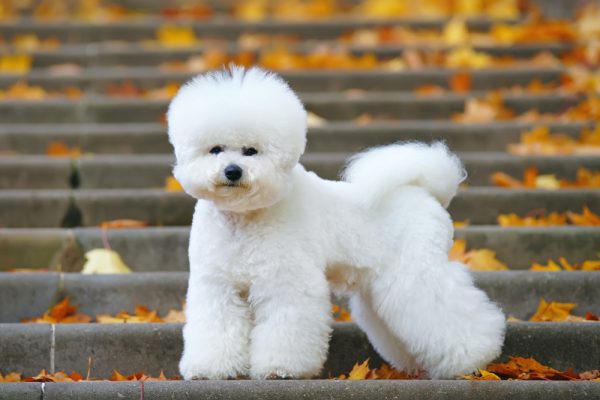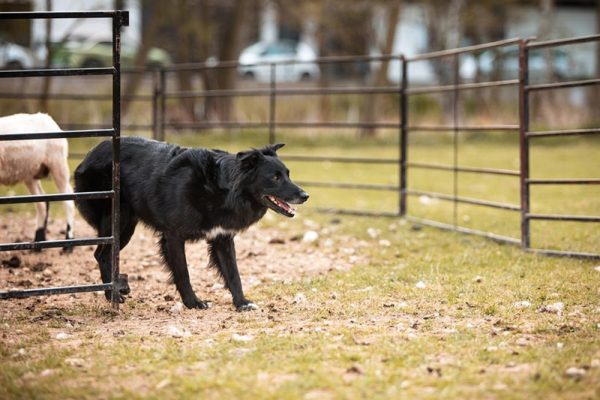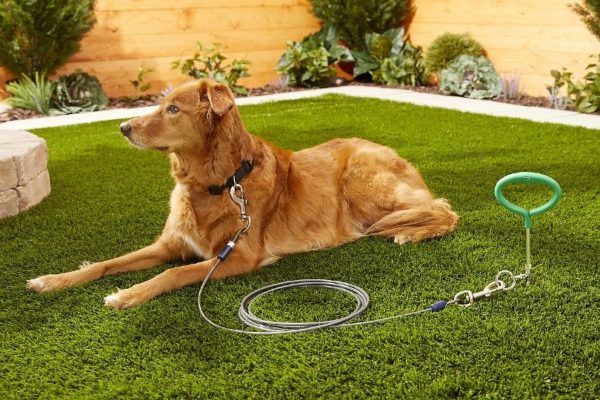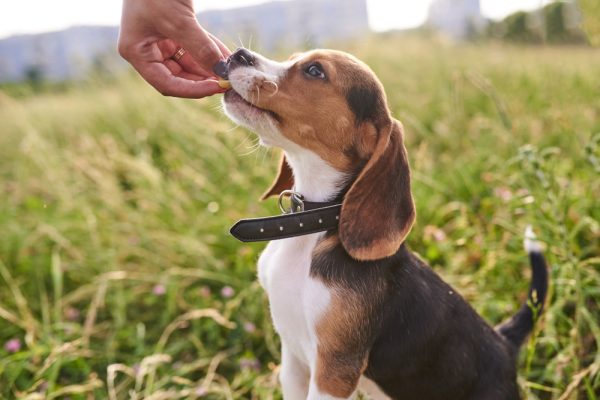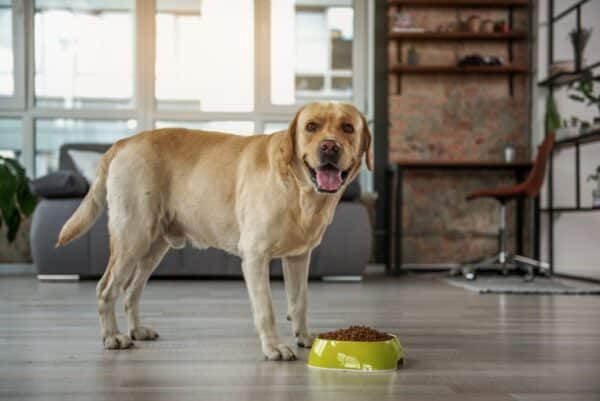The Bernedoodle is a designer breed that combines the Bernese Mountain Dog with the Poodle. The hybrid typically gets its intelligence from the Poodle parent, which is good news because the Poodle is known for being one of the most intelligent breeds and easy to train. However, the Bernedoodle also has the Bernese Mountain Dog: a lovely, loving dog, but one that is prone to being headstrong and stubborn.
Generally, the resulting mix can take to training very well, especially if you start when young and keep up with consistent training methods, but you might find some sessions are less successful than others.
Below are some helpful tips and tricks to ensure your Bernedoodle training sessions are a successful and positive experience.

The 12 Vet-Approved Tips for Training a Bernedoodle
1. Start Young
Ideally, you should start training any dog when they are still a puppy, although this isn’t always possible if you adopt a dog that has already grown up. In any case, you can start some basic training as soon as you get your new dog home.
While it is possible to train adult dogs and enjoy success, young puppies are more receptive to training techniques. And, by starting training sessions when your dog is still a puppy, they will understand what is expected of them as they get older.
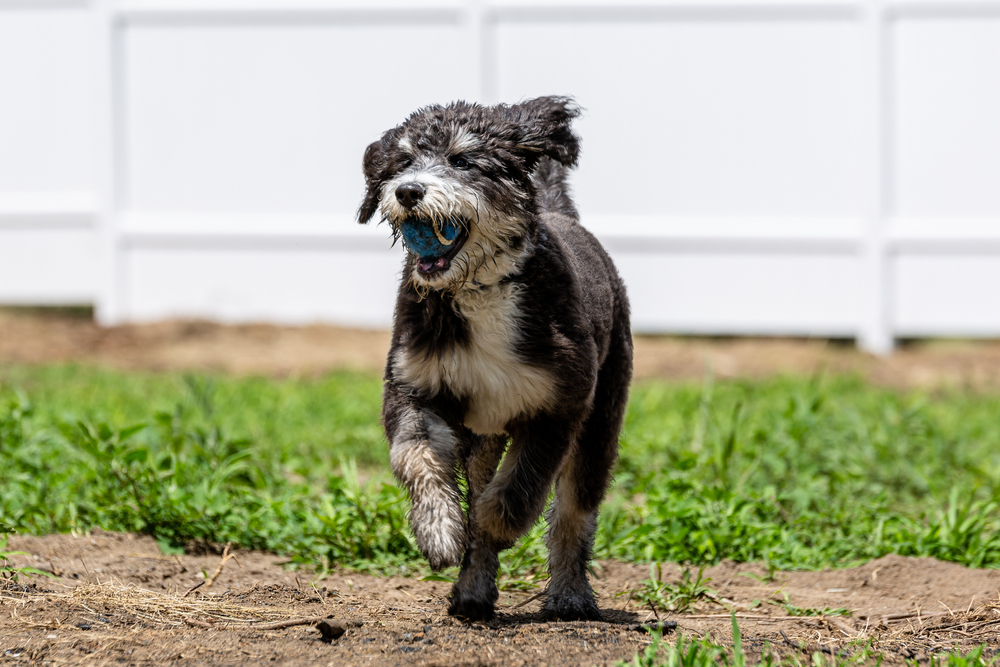
2. Train Daily
Dogs love routine and it will be easier to keep up with your Bernedoodle’s training regimen if you and your pup know what to expect and when to expect it. Start with short training sessions, only a few minutes at a time if your dog is a puppy, and increase this gradually, but try to set aside this amount of time every day.
Training isn’t something that you do once a day and then forget, but you can use these sessions to teach new commands and work on existing commands to perfect them.
3. Socialize
Socialization is important for all dogs, but it is especially important for breeds like the Bernese Mountain Dog, which can be aloof with strangers. This is especially difficult for Bernies because they look like giant teddy bears and a lot of people will want to approach the dog.
You can socialize your dog at home by inviting new people around. Seven days after they complete their first round of vaccinations, you can enroll them in puppy training classes, which are a great environment to get your dog used to other dogs and humans. And 7 days after they finish their vaccination schedule, you can socialize while out walking and at the dog park.
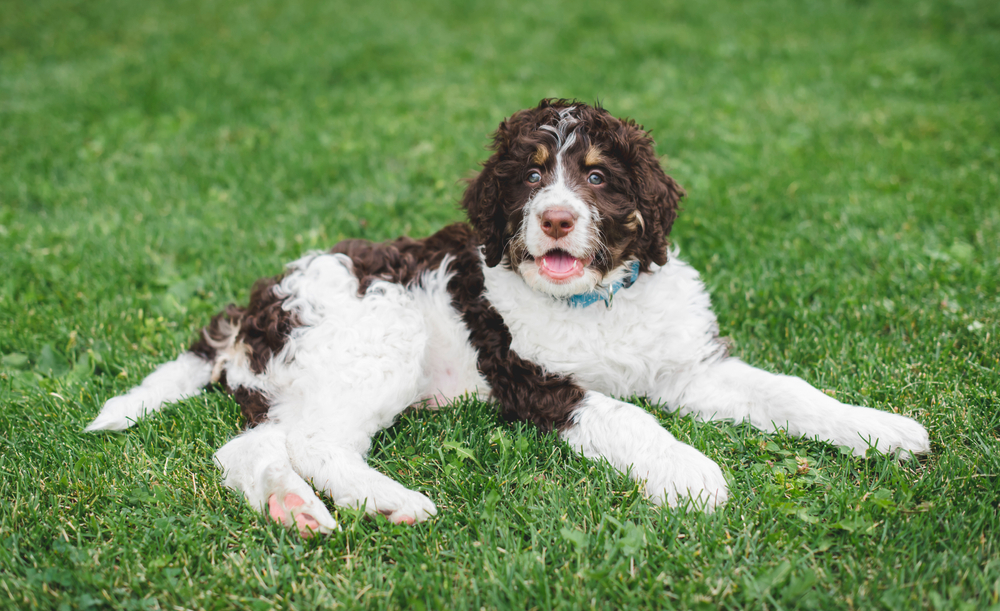
4. Make Training Fun
The stubborn streak in your Bernedoodle means that if they aren’t enjoying a particular training session or a specific training technique, they will likely dig their heels in and simply stop working. One way to counteract this is to keep sessions short and also introduce games and activities that will make the sessions enjoyable.
Fetch is a great way to teach recall, wait, and sit. And your dog will view the playtime as a reward for their efforts.
5. Keep It Interesting
While you do need to train the same command at least several times before your dog gets to grips with it, if you just keep pounding the same “sit” command over and over again, it will get boring for both of you.
Mix things up and ensure you always introduce some variability in your reinforcers and the order of already learned behaviors. Don’t stick to only one area or the same behavior; instead, change it to something new. You will come back to earlier commands and techniques, and this is also a great way to see how well your dog has remembered their earlier lessons.

6. Use Positive Reinforcement Techniques
Positive reinforcement means praising or rewarding your dog when they do something you want them to repeat. The positive element of the training refers to the addition of something desirable as a consequence. Then there is the reinforcement, which can be the giving of a treat or the offering of praise as a means of reinforcing the desired action.
Over time, you can reduce the amount of treats you give and replace them with verbal praise, but using treats at the beginning of your training journey will prove beneficial. The occasional delivery of treats as a reinforcer will help to ensure that responding to the older, already mastered behaviors remains a high-value opportunity for your Bernadoodle.
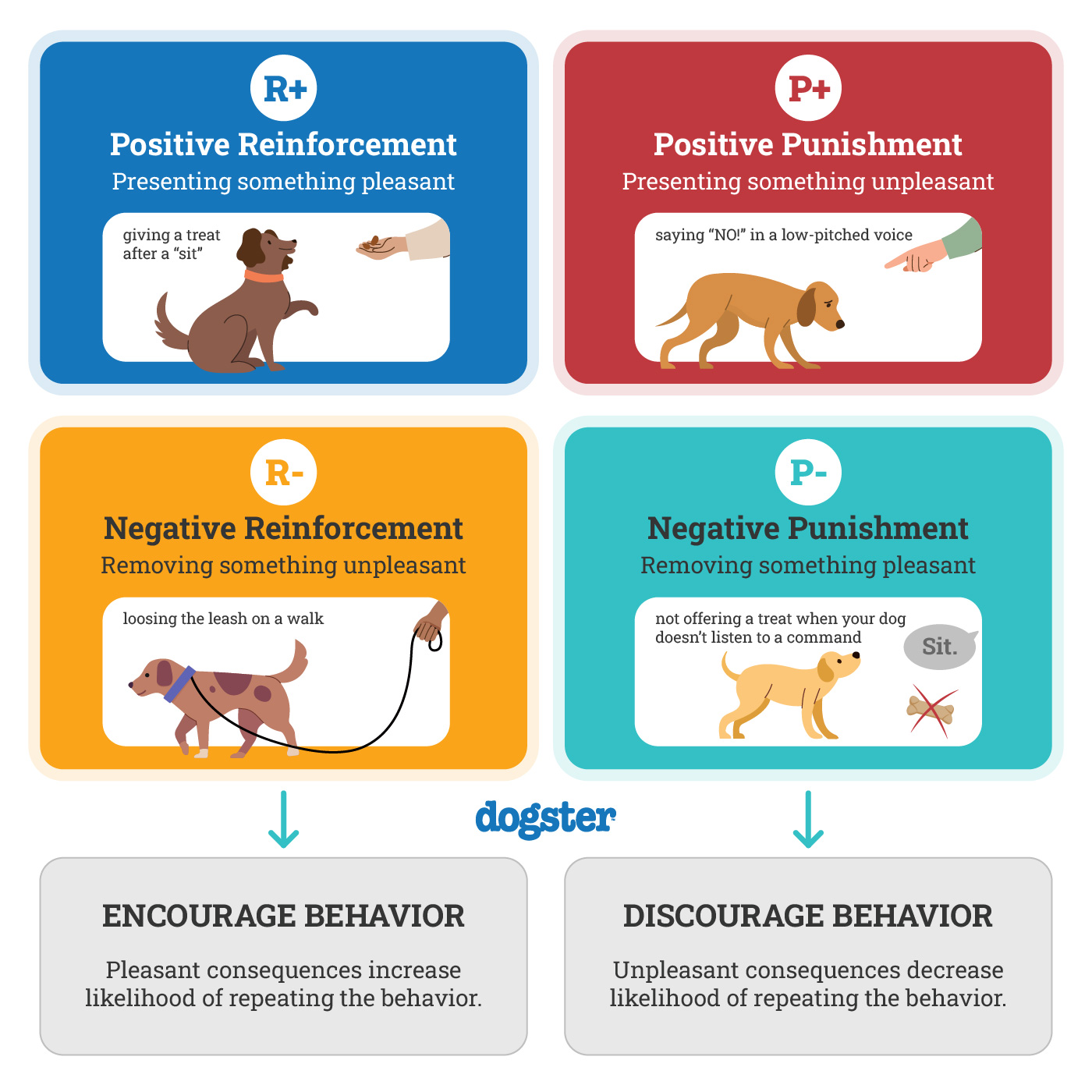
7. Utilize Food Treats
The Bernedoodle is highly food-orientated, which is very handy for training. It means you can use food treats as a reward and your Bernie will do just about anything to get that tasty morsel. When you first start training a new behavior or if you’re going through a challenging period with your Bernie’s training, use food treats.
If you’re working on training away from your property (for example, in a dog park), you will benefit from having these high-value rewards for your pup. When you are doing repetitive basic work at home, you can give treats intermittently and alternate them with verbal praise and a head rub, or sometimes playing your pup’s favorite game.
Small, bite-sized treats are ideal for training, as they ensure your Bernedoodle gets reinforced while keeping their attention on you.

8. Don’t Overfeed
If you do use food treats as training aids, be careful that you don’t overfeed. Your Bernedoodle will likely just keep hoovering up those snacks and won’t know to stop when they hit their calorie count for the day.
No more than 10% of your dog’s daily calories should come from treats, and you should weigh your dog, carefully calculate how much they can have each day, and then weigh and measure their daily food. Reduce the amount of calories of their food you give by the calories you give in treat form.
You can always cut or break treats down so they are smaller and therefore yield fewer calories. Or give food treats every other time, with verbal praise in between. Managing your reinforcer opportunities while achieving your training goals is part of developing your skills as a trainer.
9. Don’t Scold or Reprimand
The Bernedoodle can be quite headstrong, and if they aren’t enjoying training, they will likely switch off and call it a day. Therefore, you need to keep training lighthearted. Avoid scolding, shouting at, or reprimanding your dog. And you should never physically harm a dog. If your Bernedoodle isn’t listening or isn’t responding to your training, ignore the failed attempts. You can always time out and try again in a few minutes.
Take this time to analyze the issue, and remember that It’s your job to set them up to succeed. Did you ask for too much? Are you being clear? Try changing your training technique up a little, ask for easy behaviors, and turn it into a game, or introduce your dog’s favorite food treats to help incentivize your pup.
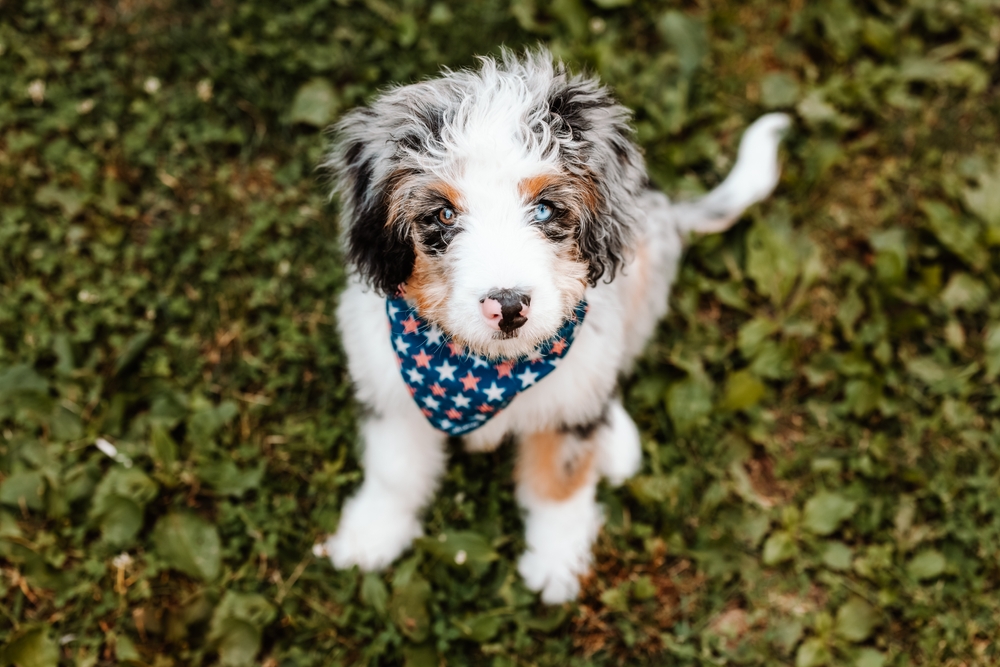
10. Use a Long Leash for Recall
Recall can be one of the more important aspects of dog training. Generally, it starts in the home. Stand a short distance from your dog and tell them to come. Have treats on hand and if your dog responds to the command, give them a treat. If they don’t respond, wait 5 seconds and use the command again. Keep repeating this process a couple of times a day to establish the behavior.
Once your dog gets the hang of it from the same room, move into a different room and repeat the process. Eventually, you can take it out into your own yard. Finally, head to the dog park with a long leash and try it while outside. There are more distractions and ways for your dog to ignore the training, and it will prove a greater test, but using a long leash ensures it is safe for both of you.
Since a recall is a potential life-saver for your Bernedoodle, you want to ensure you always reinforce it with a variable amount of treats to keep it as a high-value reinforcement opportunity for them.
11. Consider Crate Training
When done properly, crate training can be a highly effective tool. You mustn’t leave your dog in the crate for too long periods or too often during the day, but using the crate at night or when you’re out of the house can be beneficial. It will take your pup time to get used to the crate and during this time, you will likely have to put up with barking and other noises.
Start by desensitizing your dog to the experience. Put their bed, some toys, and treats in the cage and let them wander in and out. Then, try shutting the door for a few minutes at a time. You can learn more about tips and objectives of crate training your Bernedoodle by reading this vet-approved post.
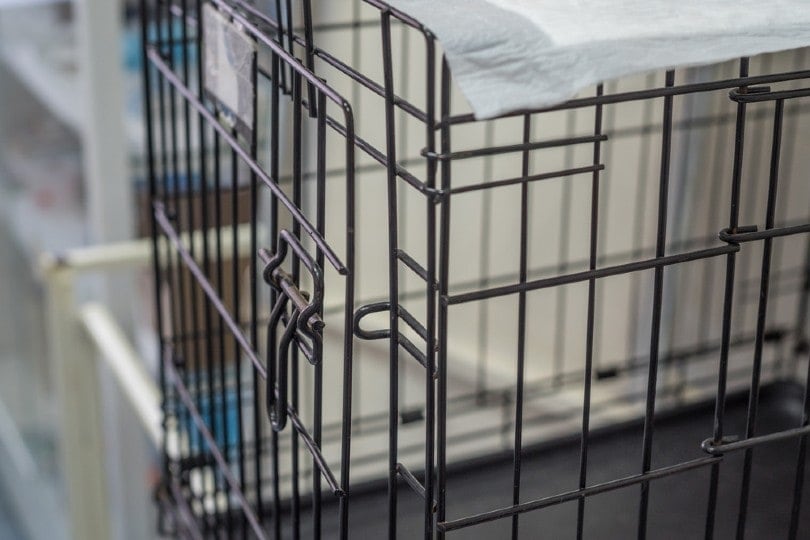
12. House Training
Usually, the first thing owners train their dogs is house training. Set a feeding schedule because this will make it easier to predict when your pup needs to go out, and if you know this, you can set yourselves up for success. If you wish to know how to potty train your Bernedoodle step-by-step, check out this vet-approved guide. This makes positive reinforcement a lot easier, and it will help with effective house training.
You will also want to teach a big breed like the Bernedoodle to get down and stop jumping up. Since they are so highly motivated by food and treats, and many of them will grow tall enough to reach, teaching them to keep away from kitchen work surfaces is another good starting point.

Conclusion
The Bernedoodle is a cross between the Bernese Mountain Dog and the Poodle. Typically, the hybrid uses the Standard Poodle because it is closer to the size of the Bernese Mountain Dog, but you can also get smaller versions of these mixed dogs.
Whatever size, you should expect an intelligent dog, thanks to the Poodle parent, but also one that might show signs of the Bernedoodle’s stubbornness. Keep training sessions short, start young, and use positive reinforcement with tasty treats to help instill new commands and reinforce existing ones. As well as training your puppy young, you should also start socializing from a young age.
Featured Image Credit: jcburke, Shutterstock
